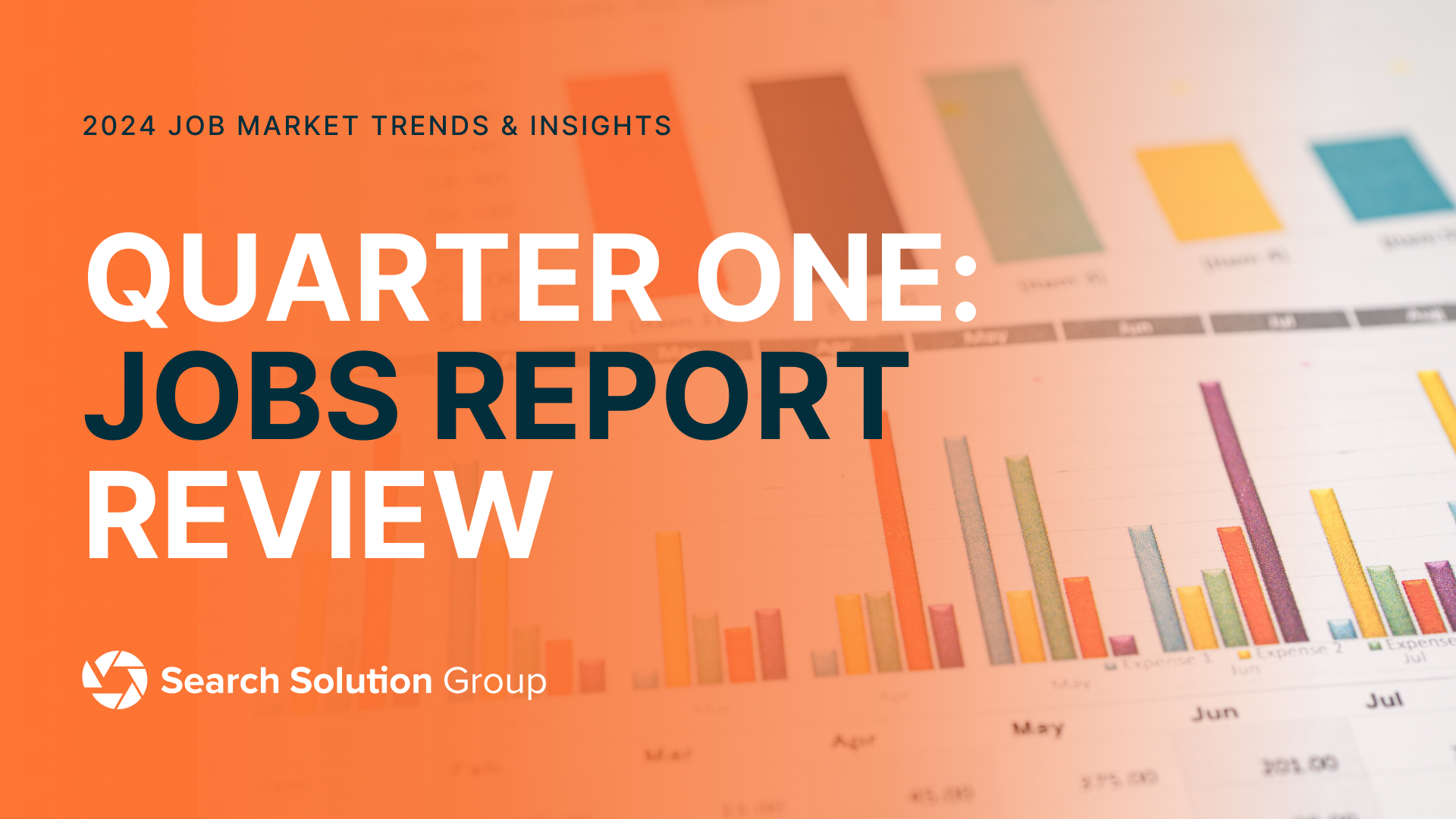In the fast-paced world of business, talent is often referred to as a company’s most valuable asset. It’s the driving force behind innovation, productivity, and growth. But what happens when crucial positions within your organization remain unfilled? The impact goes beyond the obvious gap in manpower; there are hidden costs lurking beneath the surface. In this blog, we’ll uncover the hidden costs of unfilled positions and shed light on why timely recruitment is crucial for businesses of all sizes.
- Decreased Productivity
One of the most apparent consequences of an unfilled position is decreased productivity. Existing employees may need to take on additional responsibilities to compensate for the gap, often resulting in overworked and stressed teams. This can lead to burnout, lower morale, and decreased overall productivity. When employees are stretched too thin, their ability to deliver quality work diminishes.
- Lost Revenue
Unfilled positions can directly impact revenue. Sales positions, for example, play a significant role in generating income. When a sales role remains vacant, potential deals may fall through the cracks, and sales targets may not be met. Additionally, delayed product launches or project completions due to a lack of necessary personnel can result in missed revenue opportunities.
- Increased Overtime Costs
To compensate for the absence of critical employees, organizations may need to rely on overtime pay for existing staff. While this may seem like a short-term solution, it can quickly become a hidden cost that eats into the budget. Overtime pay, especially if it becomes a recurring expense, can strain finances and impact profitability.
- Recruitment Expenses
Ironically, the longer a position remains unfilled, the more recruitment-related expenses can accumulate. Extended job postings, multiple rounds of interviews, and increased advertising to attract candidates can all contribute to higher recruitment costs. This can strain the HR budget and diminish resources available for other crucial HR functions.
- Impact on Employee Engagement and Turnover
When employees are burdened with additional tasks due to unfilled positions, their job satisfaction and engagement levels can plummet. This dissatisfaction may lead to higher turnover rates as employees seek opportunities with organizations that offer a more balanced workload. Employee turnover comes with its own set of costs, including recruitment, onboarding, and training expenses.
- Delayed Projects and Deliverables
Unfilled positions can disrupt project timelines and delay the delivery of critical products or services. This can lead to missed market opportunities and damage a company’s reputation for reliability and punctuality. In some cases, it may result in contractual penalties for failing to meet agreed-upon deadlines.
- Diminished Customer Satisfaction
Ultimately, the hidden costs of unfilled positions can negatively impact customer satisfaction. When projects are delayed, customer service suffers, and clients may take their business elsewhere. Maintaining a high level of customer satisfaction is essential for business growth and reputation.
Unfilled positions are more than just a vacant chair in the office; they represent a host of hidden costs that can erode productivity, profitability, and employee morale. Recognizing these hidden costs is the first step in understanding the urgency of filling vacant positions promptly.
To mitigate these costs, organizations can invest in proactive recruitment strategies, including talent pipelines, partnerships with staffing agencies, and efficient onboarding processes. By doing so, they can ensure that their most valuable asset—their workforce—remains robust and ready to drive success.
The next time you encounter an unfilled position in your organization, remember that the true cost goes far beyond the budget. It’s a complex web of lost productivity, missed opportunities, and the potential for long-term damage to your business’s bottom line.






